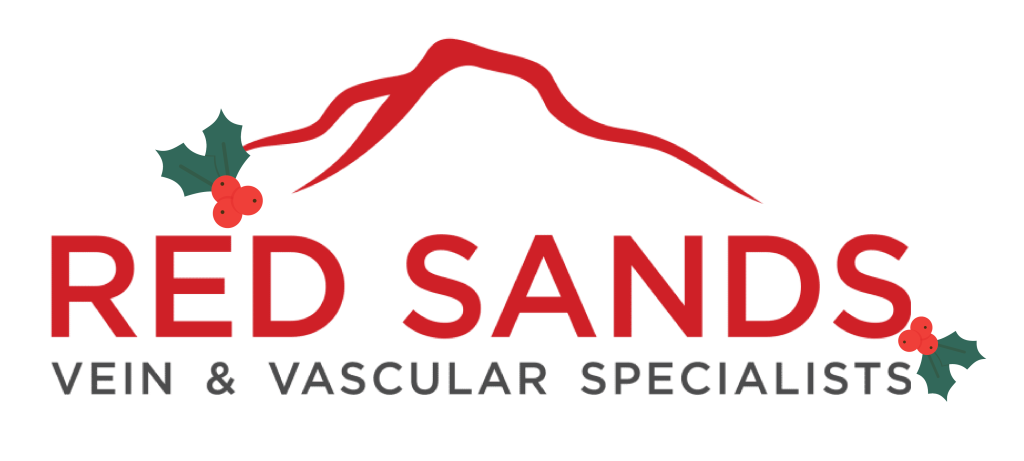Southern Utah's Vein
and Vascular Specialists.
Less Pain, Faster Recovery & Amazing Results.
Why Choose Red Sands Vein?
-
Get Treated by an Actual DoctorGet Treated by an Actual Doctor
-
We Focus on Patient NeedsWe Focus on Patient Needs
-
Full Range of Available ProceduresFull Range of Available Procedures
-
Easy Scheduling & Short Wait TimesEasy Scheduling & Short Wait Times
-
IAC AccreditedIAC Accredited
-
Longest Operating Vein Center in Southern UtahLongest Operating Vein Center in Southern Utah
-
Over 1000 Procedures Performed Each YearOver 1000 Procedures Performed Each Year
-
We Accept All InsuranceWe Accept All Insurance
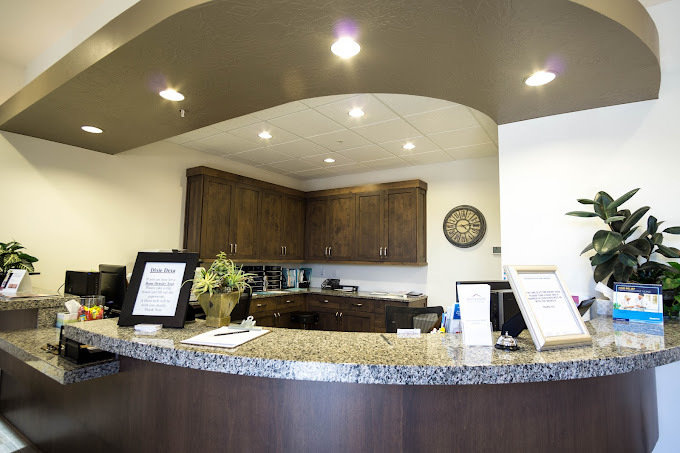
Symptoms of Varicose Veins
Not all Varicose Veins are Visible!
- Varicose Veins can cause a Heavy Feeling in the Legs
- Varicose Veins can cause Difficulty Standing or Sitting
- Varicose Veins can lead to Less able to be physically active
Varicose veins are a condition that, while generally developing in the lower region of the legs, can also develop in other areas of the body. Blood that has slipped back through the valves and become trapped within the sections causes additional pressure on the vein walls. This makes it harder for the blood to travel, and so it continues to accumulate and block the vein passageway. Twisting or bloating of the veins themselves may occur, which makes them more visible on the surface of the leg, and also causes various physical irritations and problems. If not treated it is possible that the symptoms associated with varicose veins can worsen, and cause other issues related to both physical and emotional health.
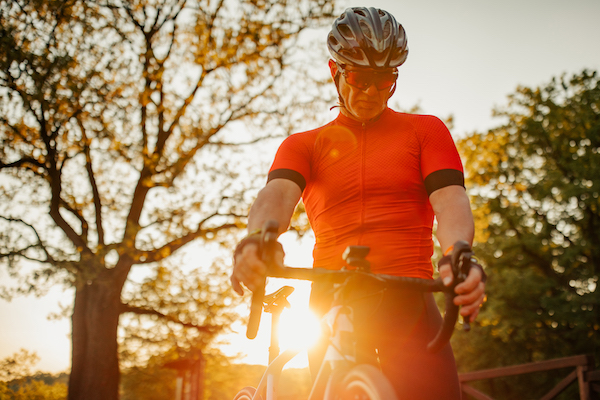
Take your life back
Whether you are someone who enjoys getting older, or someone who doesn’t, you will probably agree that the hardest part is when we have to tell ourselves that we can’t do something any more. Independence and being able to be self-reliant are things that we pride ourselves on as adults. Both of those things require a moderate ability to get around, and be active without too much help. Varicose veins make getting old harder than it needs to be, and often cause people to give up doing things they love far earlier than they need to.
Our Mission
You don’t have to live with varicose veins. If you are one of more than 25 million Americans who suffer from uncomfortable and unsightly varicose veins, you need to be introduced to the greater experience in eliminating them.
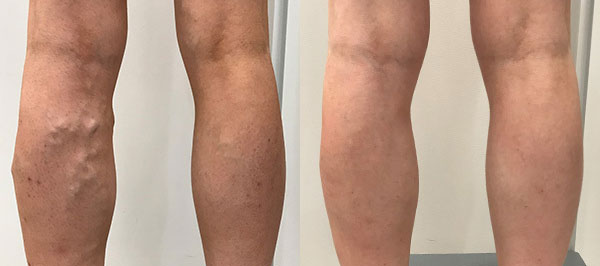
Before
After
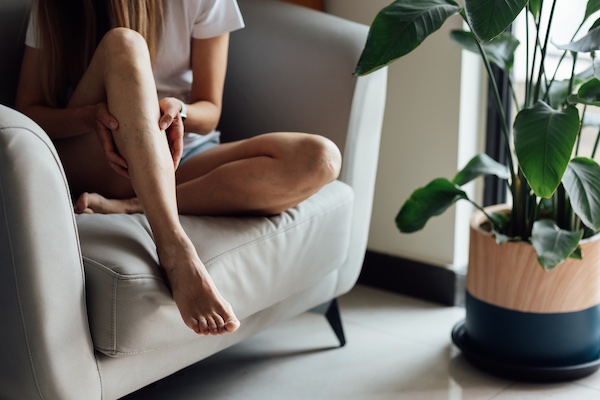
Physical Issues related to Varicose Veins
As varicose veins progress and worsen there are some frequent, and uncomfortable issues that those with varicose veins may experience.
Some of these issues are:
- Swelling, cramping, and aching legs.
- Difficulty in standing or sitting for extended periods of time.
- Added fatigue or feelings of heaviness in the legs.
- Difficulty while exercising or other physical activities.
All of these issues can worsen with time if not properly treated.
How appearance can affect your health
One sign of varicose veins is when the veins on your leg are visible. While visible veins do not immediately warrant a varicose treatment, they do create the dilemma that if you can see them, then so can other people. They can draw unwanted attention, and may make some people feel self-conscious about wearing shorts or skirts that show the lower part of their legs. This in turn can lead to additional social stress, or embarrassment.
Red Sands Vein recognizes that a healthy self-image is key to leading a healthy life. While some might call this a vain reason to get them treated, we argue that it isn’t vain. Its varicose vein, and varicose vein is a legitimate issue that can become more problematic with time. By taking care of them now, you can help yourself avoid the more serious issues in the future. So don’t hesitate because you worried that your reasons might be silly. Your life and health are important, and there is nothing vain about taking care of yourself.
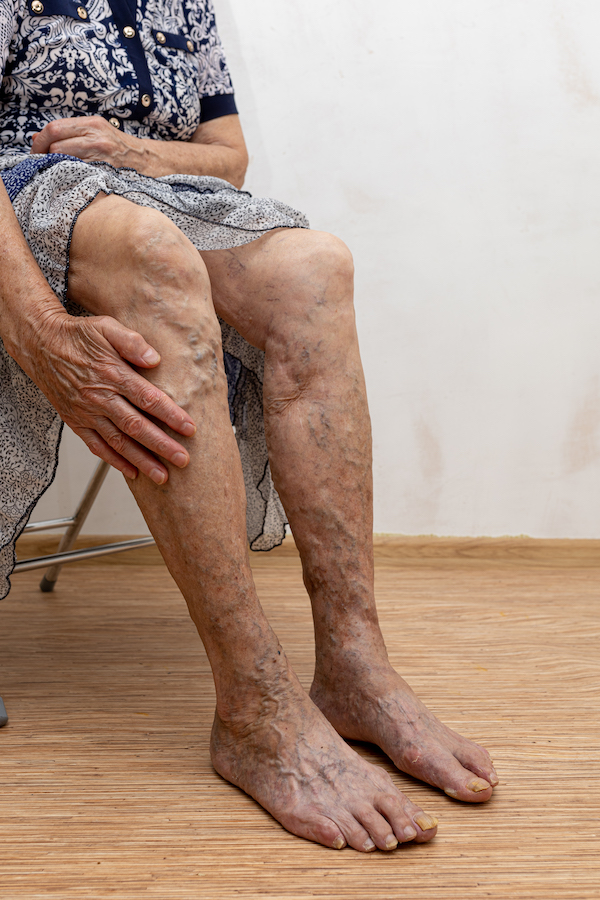
Can varicose veins affect my skin?
Varicose veins tend to be weaker than healthy veins, since they can carry more blood in them than they regularly should. Veins that are near the surface of your skin run the risk of damage and bleeding from bumps and scratches. It is recommended that any time varicose veins bleed that you seek a medical professional, as it is possible that the damage to the vein could be more extensive than what can be seen with the naked eye.
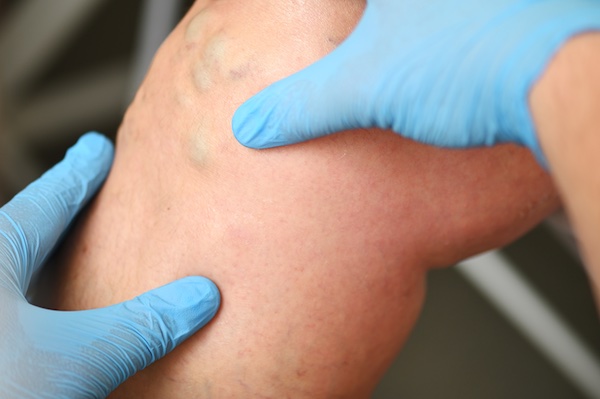
Contact Red Sands Vein Today
We are here to answer any questions you may have about vein disease, varicose vein treatment, and other vascular disorders in Southern Utah. Come by and visit or just give us a call! We’d love to hear from you!
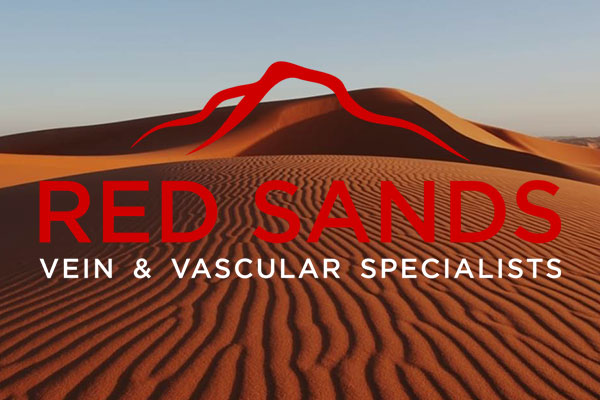
Frequently Asked Questions
Varicose veins are a result of various life-style choices, genetics, and environmental factors. While there is no sure way to prevent them from happening, there are things that you can do that will help lower the risk of them developing.
- Live healthy.
Being active, consuming good foods like fruits and vegetables, maintaining a safe weight and body fat balance, getting sufficient sleep, all of these help the body stay in a state where problems like varicose veins are less likely to occur. - Exercise.
Movement is key in helping the heart and venous system function properly. Our muscles, especially our leg muscles, help the veins push the blood along its path back to the heart as they move. By making sure to have movement in your daily routine you can help your veins stay healthy. - Elevating the feet.
Our legs support our body weight when we are standing and sitting. Increasing, or constant pressure on the veins is a common factor in the development of varicose veins. By elevating our legs when we are sitting or laying down, it helps take the pressure off of them. Less pressure on our legs means less pressure on the veins in our legs, and a lesser chance of the pressure doing harm.
If you have pain, swelling, or heaviness in your legs, ankles, or pelvis, you may have varicose veins (venous insufficiency). Typically, varicose vein patients also suffer from pain while standing or walking for long periods of time. Venous insufficiency is a disease and should be treated by professionals who specialize in comprehensive varicose vein management, including diagnosis and treatment.
Insurance will cover most procedures we offer. If there is a question about coverage, our staff will determine if your insurance will approve the expenses. If your insurance does not cover a procedure, payment options can be arranged to meet your individual needs.
Cases of varicose veins and the need for immediate treatment fluctuate on an individual level. In order to properly discern the needs of the patients, our doctors perform a physical examination prior to starting any treatments. The doctors use the examination to better evaluate the current situation with the patient’s varicose veins, and will look for twisting, bloating, and discoloration of the skin. It is also customary to review the patient’s medical history; it can not help the doctors know why the varicose veins have developed, and also alert them to possible dangers, such as the possibility of ulcers or blood clots.
A good vein is one that is able to do its job of transferring the blood back to your heart. You cannot normally see them, and they do not cause any issues to the surrounding tissue.
A bad or damaged vein will normally struggle to get the blood back to the heart, usually because it has developed backflow. Additionally, this backflow can cause swelling, discoloration and twisting. These visible signs are a good indicator that the veins are damaged. Along with the visible signs it is normal to experience itching and a dryness of the skin around the area of the affected vein.
No. It is possible that varicose veins may develop in deeper regions of the venous system (the vein network). When this happens it is possible that you will be unable to see the vein itself from the surface of the skin, however, similar symptoms of the closer to surface veins will usually occur as well. These symptoms may include restless legs, dryness, itchiness, and other related issues. Most cases of varicose veins happening in a deeper region have happened in the leg or pelvic regions. If you are experiencing symptoms in your leg or pelvic regions, but do not see visible varicose veins, we recommend that you come in and see one of our varicose vein and vascular specialists. They can help you determine if your symptoms are associated with varicose veins and help you get properly treated.
Recent Blog Articles
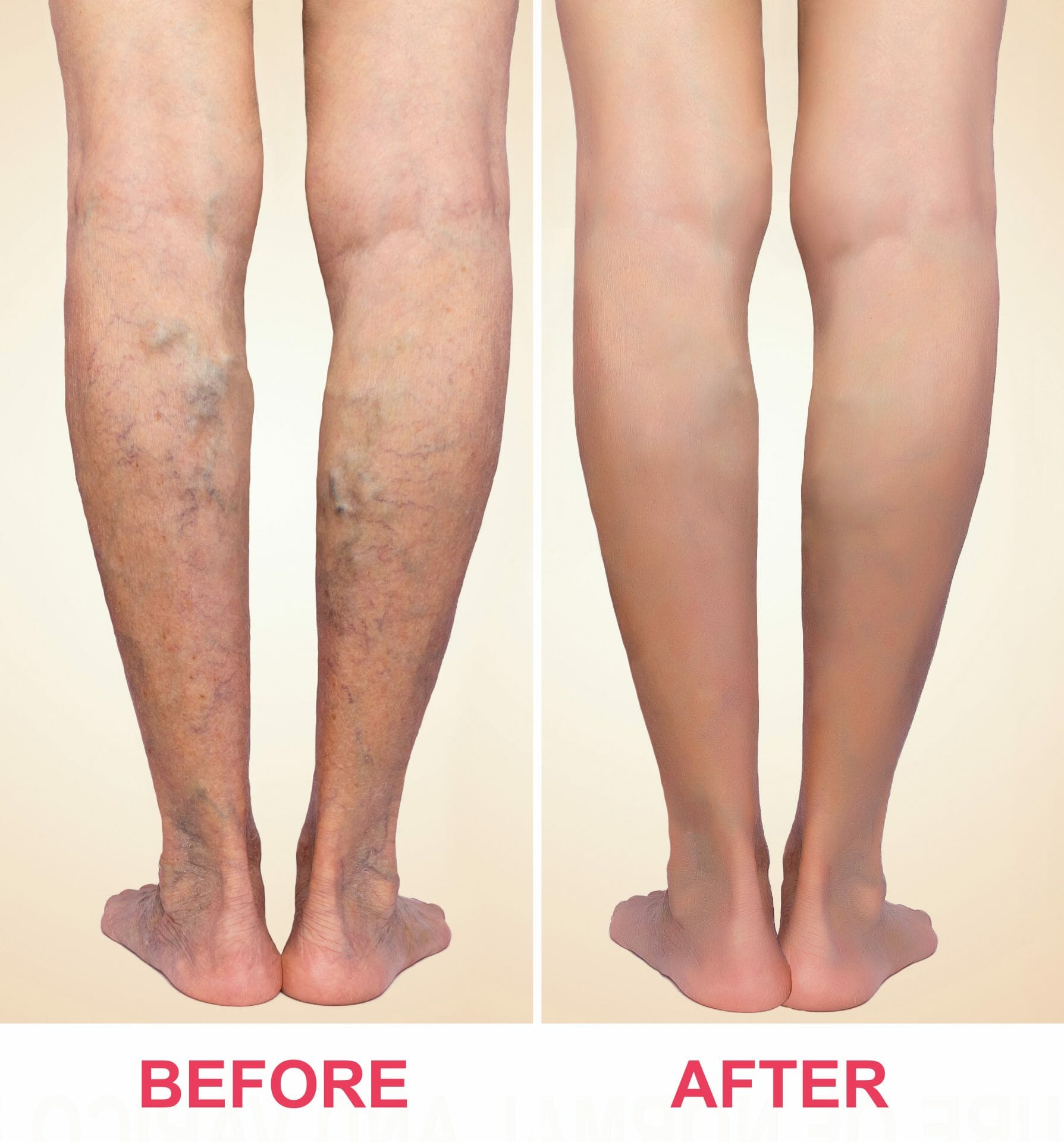
Are Varicose Veins Dangerous? The Risks of Untreated Symptoms
Varicose veins are the physical manifestations of venous insufficiency, which in short, means your veins
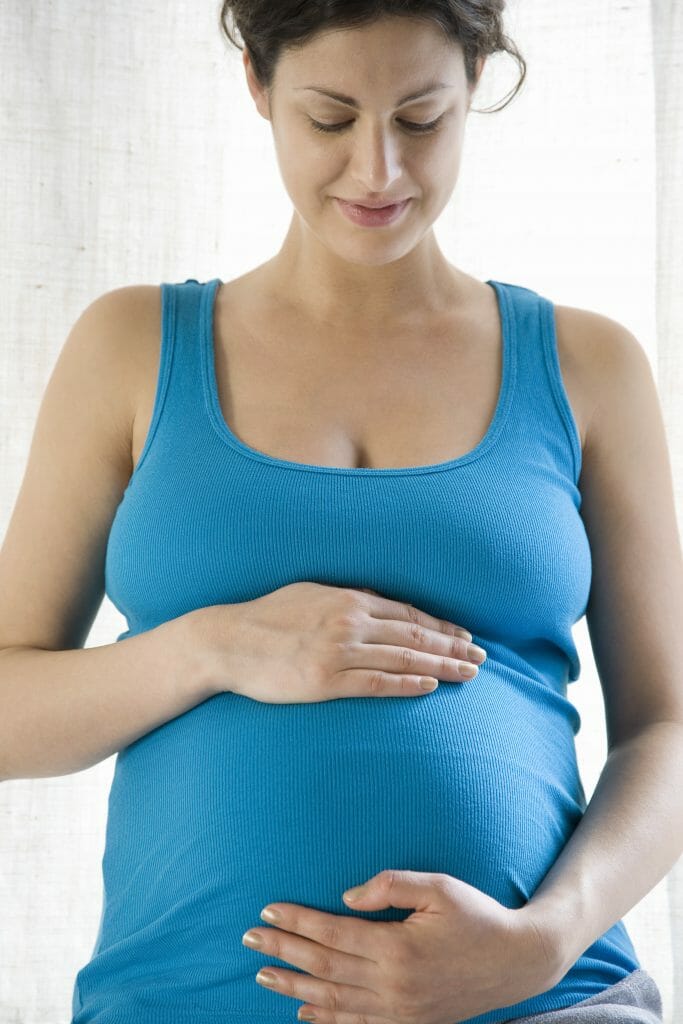
Varicose Veins During Pregnancy: Causes, Prevention and Treatments
Varicose veins are when veins that have become blocked appear very close to the surface
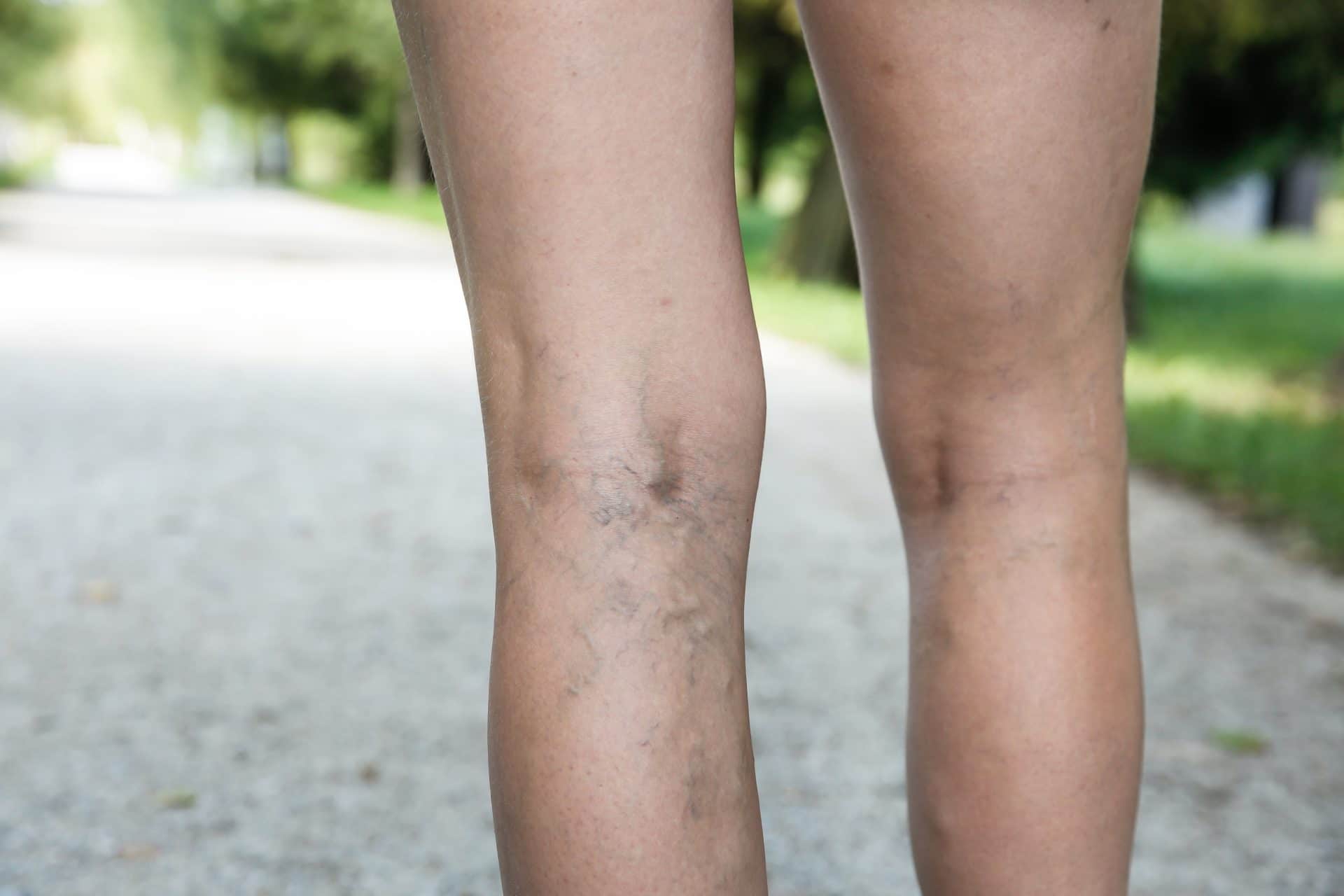
6 Types of Vein Disease To Be Aware Of
To understand vein disease, which is the primary cause of varicose veins, it’s first important
